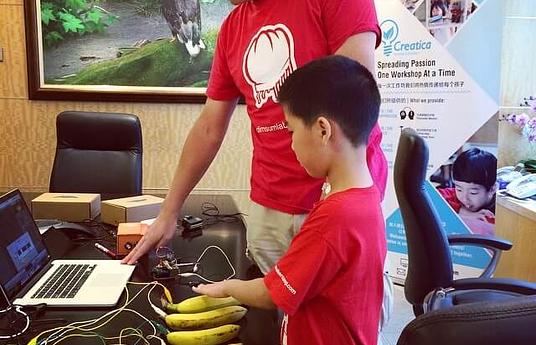The lockdowns during Covid 19 brought learning places online and most of them focused on the academic curriculum. ABCD was a response to lack of online learning spaces to indulge in one's thoughts and test one's creativity. The program provides chances for students to stretch one's creative limits while learning to draw a variety of things. The innovation was shared with many NGOs across India.
ABCD is a program-cum-resource with flexible delivery styles. The resource covers multiple easy to follow DIY-style drawing instructions that can be practiced in online and offline classrooms across age groups.
It can be used in a classroom with a variety of engaging exercises where students can follow the pattern up to a point where they draw the complete animal, faces or object figures and then create comics or scenes in combination with the the drawings. The students can be helped in drawing the additional features of their comics.
The complete program covers the usage of the resource that includes multiple objects with each alphabet and number. The program can therefore be divided into 15-2 sessions with exciting activities under themes for comics like "personal stories", "bring those fears out", "life lesson" etc.
The program's scope for scale is through its adoption in schools & organizations where educators or student leaders can facilitate the sessions.
The program has been shared with organizations across India and Nepal where educators have delivered it in co-ordination with Art Synergy (organization). Some organizations have used the materials for students of age 3-5 for improving alphabet and number recognition while some others have used it with teenagers for their hobby sessions. The resource has also reached remote areas of India where access to different aspects or education is limited. ABCD resource has been used there for their arts class.
We ourselves use it as a part of our Art and Design Program and workshops and sessions with schools, and organizations across Chandigarh.
You can get in touch with us and share your interest regarding using the resource or adopting the program and the preferred method of program delivery via call or emails. You will then have to fill an interest form, upon which you will get access to the resource. The organization can opt for educator or peer leader assistance from Art Synergy (our organization).


